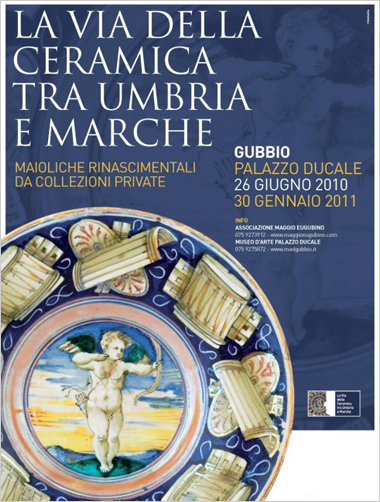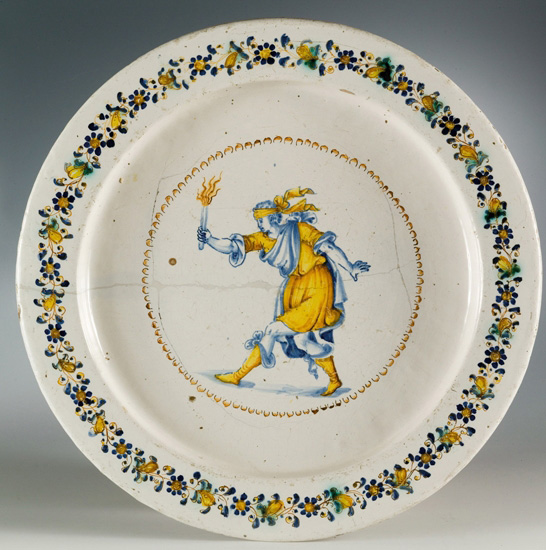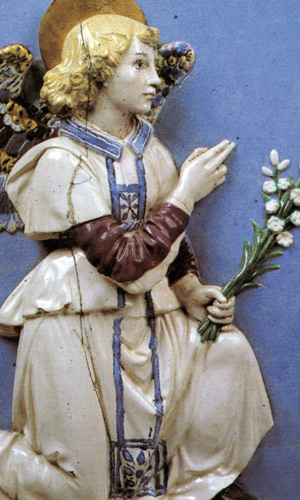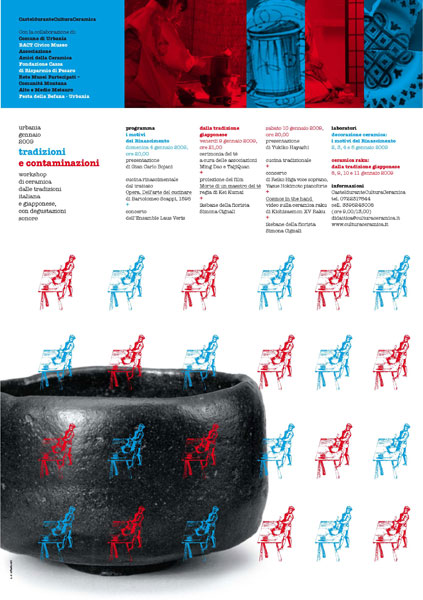Italian ceramics, or Italian pottery, have been in my life for quite a long time: I collect them, I read about them, I sell them.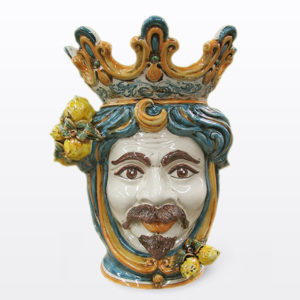
In Italian, when I say ceramica, everybody understands what I mean. On the contrary, when I talk with one of my American friends, I’m always uncertain: should I say Italian pottery, Italian ceramics or Italian majolica?
In order to do away with any doubt, I did some research. I did learn quite a lot on the subject, and I would love to share my findings with you.
Let’s start with technicalities.
Here is a short review of the definition of the words Ceramics, Pottery and Majolica.
Once we know exactly what we are talking about, we will define what they really mean to people.


